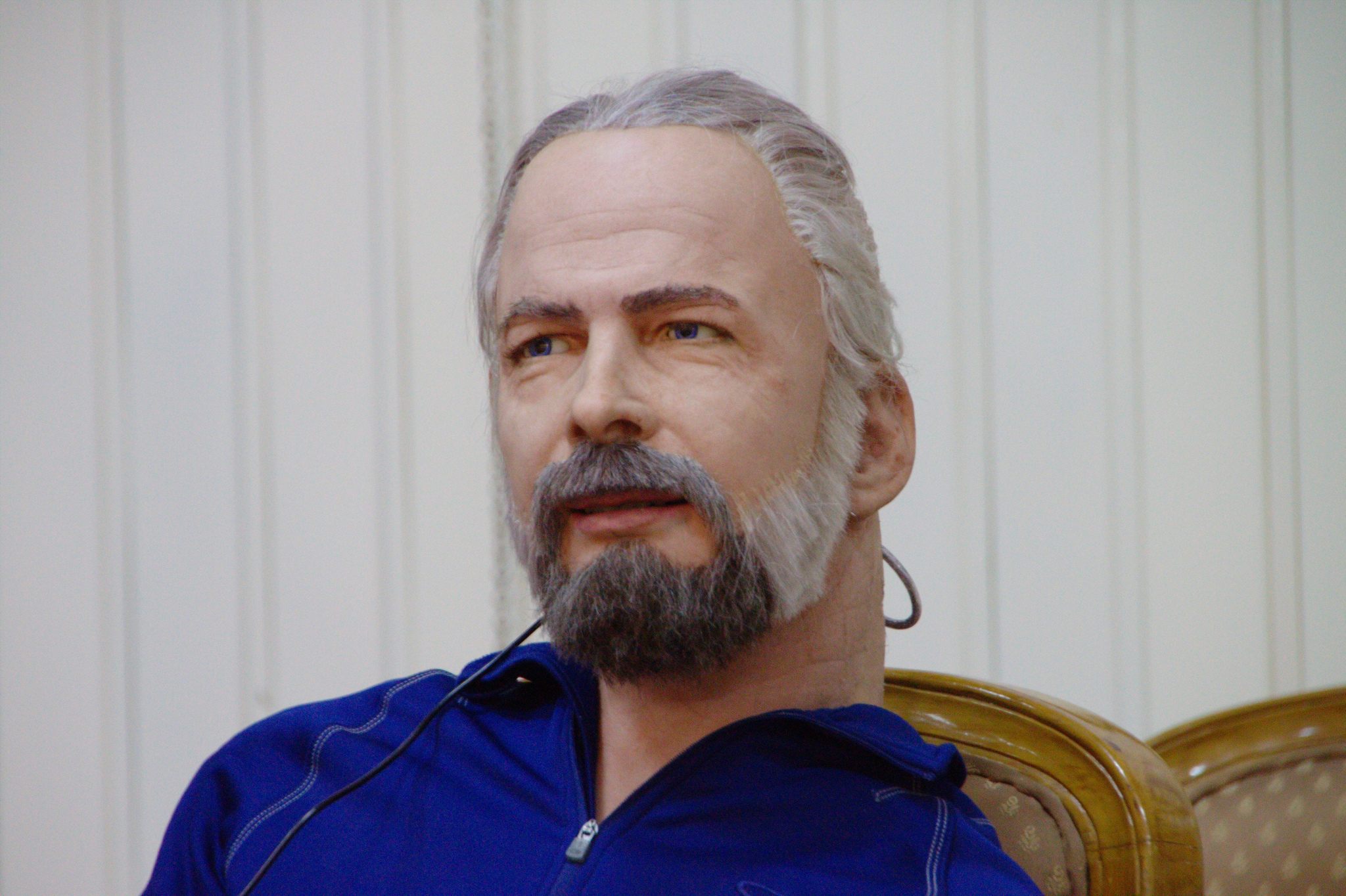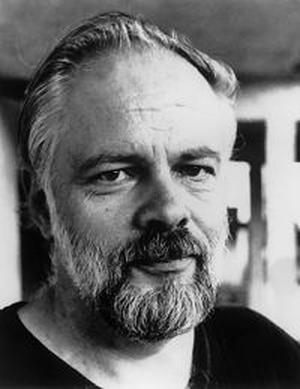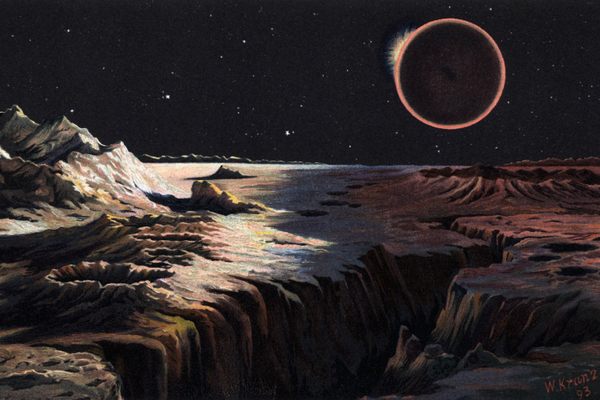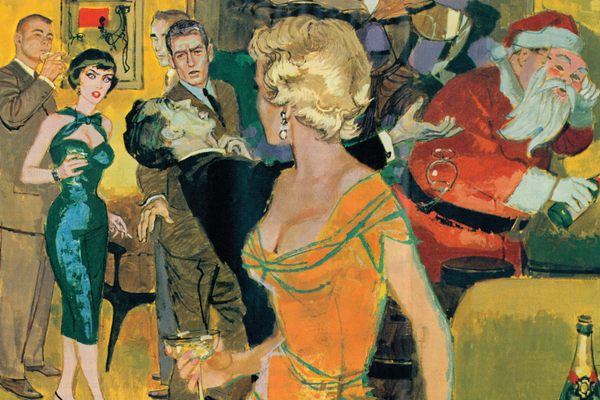The Shifting Realities of Philip K. Dick’s Final Unfinished Novel

What would Philip K. Dick’s final unfinished novel, The Owl In Daylight have been about? (Photo: Torley/Flickr)
In the weeks before the great sci-fi author Philip K. Dick passed away on March 2, 1982, he had been dreaming of The Owl In Daylight.
That was to be the title of his next novel, a work that ultimately didn’t make it beyond the story-planning stages due to Dick suffering a stroke on February 18, 1982. But though he never wrote the book, Dick did leave the world with a few clues about the plot. In line with the rest of his oeuvre, the book was to be a somewhat paranoid exploration of hidden symbols among the landscape of a far future.
Philip’s wife, Tessa Dick, told us that “very little” information remains about Philip’s unfinished final book. The one thing that is known is about the book is the title, which Tessa says he got from a conversation with a Southerner. “It came up in conversation with a lady from the South,” she says. “She told him that he was as blind as an owl in the daylight if he could not understand what she was telling him.’
As Tessa says, most of what we know about the content of The Owl in Daylight comes not from Philip’s notes, but from a couple of outside sources including a letter to his editors at the time, and from some of his final interviews.

Maybe we can ask the Philip K. Dick android. (Photo: rasmus lerdorf/Flickr)
Tessa’s description of the proposed novel as “a clear rip off of a movie called Tron” is corroborated by a lengthy letter sent by Philip to his then-agent, David Hartwell (who just passed away suddenly on January 20, 2016). The protagonist is described as an elderly amusement park designer who creates a high-tech theme park that perfectly recreates Berkeley, California in the early ’50s. In order to make the park fun, the character develops an advanced computer program to handle the day-to-day operations.
Of course, when you create a super-smart computer and ask it to do your busy work, it tends to get a bit restless. Philip’s computer in The Owl In Daylight was not to be any different. According to the letter, the main character would have been trapped inside the park, in the body of his teenage self, with no memory of his former life. To escape the park, he would have had to solve a series of puzzles put to him by the computer, rising through the levels of the park, until reaching “The Eight Level,” at which point he would resume the form of his aged self.
Tron was released on July 9, 1982, a few months after Philip passed away, so the film was not likely to have inspired the author, but the parallels in the narratives are easy to see. In the letter, Philip notes being influenced by such works as Dante’s Commedia, and parts of Goethe’s Faust. The character’s progression through the levels of the park would have mirrored Virgil’s journey in Dante’s work.
Tessa, who often spoke about the novel with Philip, also confirms that he had wanted to create something Dante-esque, although the plot outlined in the letter doesn’t seem to be the one they talked about. “I had seen the letter he’d sent, and that really was not what we had discussed in conversations,” she says. “I know he had wanted to pull in scenes from Dante’s Divine Comedy, as well as Mozart’s Magic Flute, which of course contains some Masonic secrets.”

Preach, PKD. (Photo: Torley/Flickr)
Another possible plot to the novel, described in an interview with Gwen Lee and Doris Elaine Sauter that took place just weeks before Dick’s death, involves a down-on-his-luck music composer who gets a chip implanted in his head that allows him to communicate with a race of aliens who cannot hear. The bio-chip, however, slowly begins to take over its host until he becomes a bio-chip himself.
While Philip himself never got to start work on The Owl In Daylight, Tessa, a writer herself, wrote and published her own version of the unwritten novel in 2009, based on what she believes he would have wanted the book to be like. According to Tessa, she wrote the book at the request of fans, based on what she learned of the novel from talking with Philip. As she told us, Tessa’s novel followed a husband and wife who are being torn apart by a trauma. The husband, an unhappy record executive, gets mugged, ends up in a coma, and begins to have visions inspired by the Divine Comedy. Eventually he wakes up, and gets a new job that leaves him much more fulfilled.
In addition to including some of the influences she pulled from her conversations with Philip, Tessa also used stories from the life of Philip’s father, Edgar, who was a messenger in World War I. The inclusion of these was something that Philip had told Tessa he had wanted to do.

The man himself. (Photo: Wikipedia)
Unfortunately Tessa’s self-published book was forced to be taken down by the Philip K. Dick trust, now managed by a production company called Electric Shepherd, which is operated by three of Philip’s children. They did not respond to our requests for comment, and Tessa says she is not allowed to discuss the nature of the agreement to take the novel down, but used copies can still be purchased on Amazon, although they cost around $200. At one point Tessa was even planning a sequel, to be entitled The Owl In Twilight.
We’ll never know for sure exactly what The Owl In Daylight would have looked like had Philip lived to put the story to paper, but it sounds like it would have been a rare happy ending in the Dick canon. “He considered this a sort of capstone to his career,” Tessa says. “The first novel that ends on a note of hope and love.”
Correction: In a previous version of this story, David Hartwell’s cause of death was stated as a heart attack, but this has been corrected to reflect that he passed away from a fatal fall.








Follow us on Twitter to get the latest on the world's hidden wonders.
Like us on Facebook to get the latest on the world's hidden wonders.
Follow us on Twitter Like us on Facebook